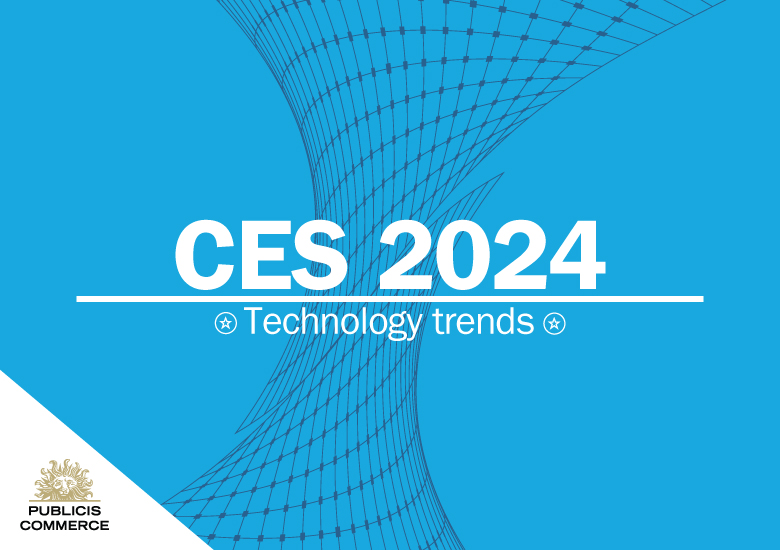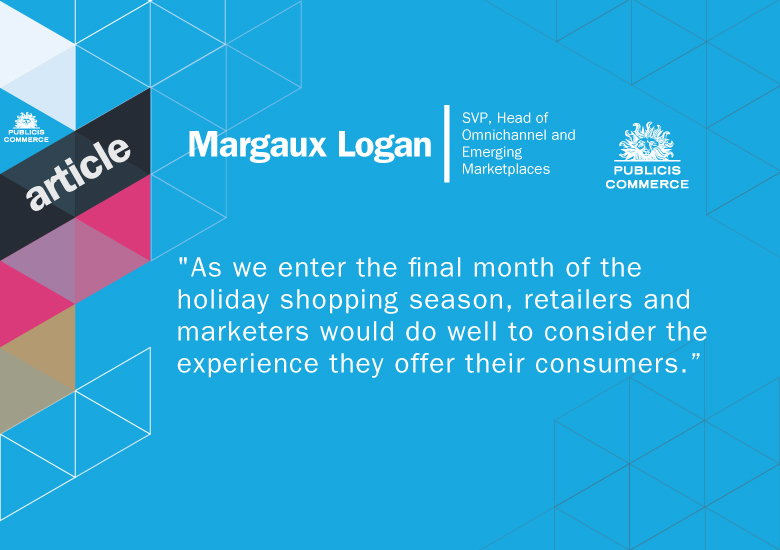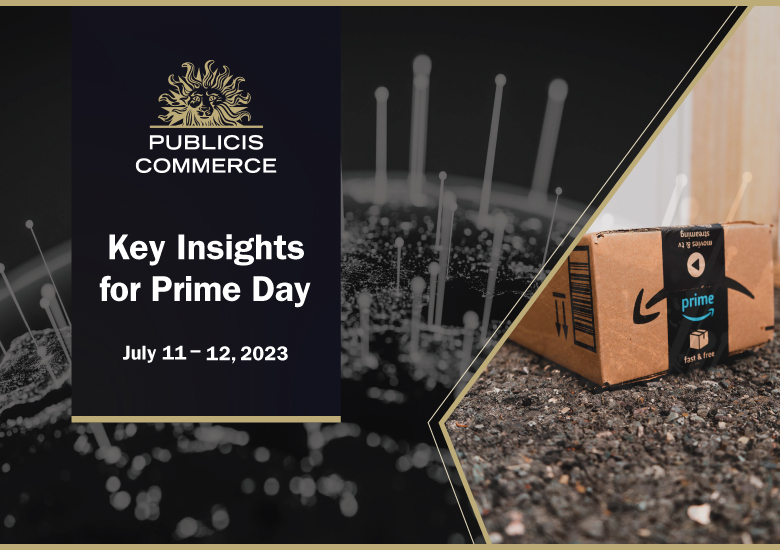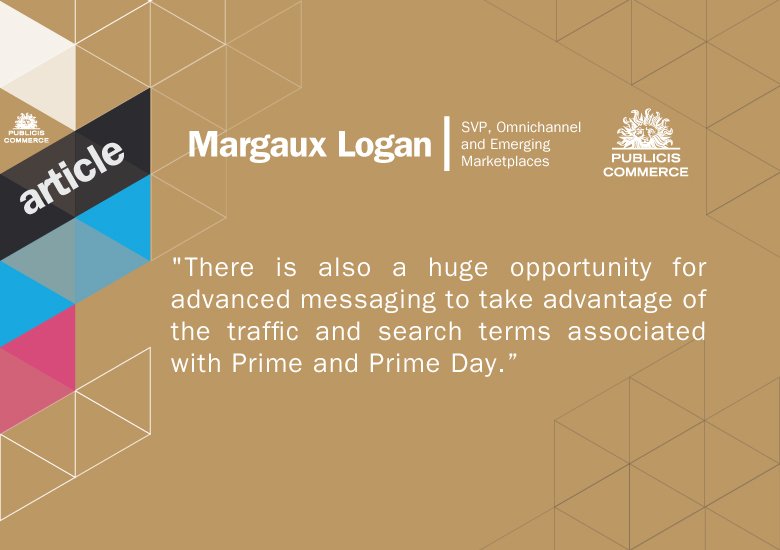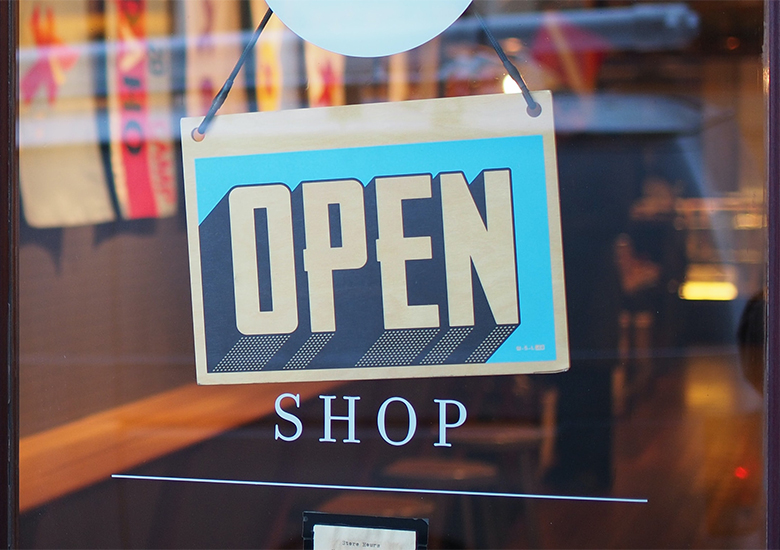Another successful Prime Day has come to a close – even as plenty of deals are still available across retailers as of publication. While the final numbers are still being calculated, it is evident that Prime Day 2023 surpassed expectations in terms of order numbers and sales. In the United States alone, the event generated a staggering $12.7 billion in sales, representing an increase of 6.1% compared to the previous year. According to Amazon’s blog, it also marked the largest single-day sales in the company's history, with over 375M+ items purchased worldwide.
Despite concerns surrounding factors such as inflation, recessions, and consumer spending hesitancy due to issues like the reversal of student loan forgiveness and high mortgage rates, consumers displayed their well-honed bargain-hunting skills and actively sought out the deals available.
KEY TAKEAWAYS
Lower Prices and Multiple Orders: According to Numerator's preliminary analysis, the average expenditure per household during Prime Day 2023 decreased by approximately 13% compared to the previous year. However, there was a notable +4% increase in order size with most consumers purchasing 2+ orders during the event. It is worth noting that more than half of the items sold were priced below $20, aligning with the strategy of targeting cost-conscious consumers. In fact, I personally came across several articles highlighting deals priced at $25 and below both before and during the event. This approach seems to address consumer hesitancy and serves as a traffic driver that could potentially lead to larger overall basket ring.
A Shift in Key Categories and Influencers: Prime Day 2023 witnessed a noteworthy change in the key categories that drove sales, deviating from the trends observed in 2022. According to Numerator, the top categories in terms of purchases were Home Goods, Household Essentials, Fashion, and THEN Consumer Electronics, whereas the previous year saw sales driven by Household Essentials, Health and Beauty, AND Consumer Electronics. Amazon further simplified this by emphasizing their key sales categories as Home, Fashion, and Beauty. This shift is particularly intriguing as it signifies a departure from Amazon's traditional association with Prime Day as a festival of gadgetry, featuring products like Alexas, Dots, and FireSticks.
It is worth mentioning that influencers played a significant role in promoting lists and links related to these key categories, indicating their growing influence in shaping consumer preferences. Moreover, this shift reflects Amazon's continued expansion beyond its reputation as an everything store into a place where curated content and items are found, demonstrating its growing presence in fashion, beauty, and other categories. Overall, this strategic shift represents a significant win for Amazon.
The Rise of Buy Now, Pay Later: Consumers eagerly awaited Prime Day, with 52% of them specifically purchasing items they had been patiently waiting for. According to Adobe, there was a significant increase in the usage of Buy Now, Pay Later (BNPL) options, with 6.5% of orders leveraging this payment method—a notable growth of 20% compared to the previous year. This indicates that consumers were not only seeking deals but also employing budgeting strategies to ensure affordability.
Consumer Satisfaction and Preference: In terms of shopping behavior, Numerator conducted a poll to gauge consumer satisfaction with the deals available. The results showed that 66% of shoppers were pleased with the offers presented to them, and 54% compared prices between Prime Day and other retailers before making their purchases. Prime Day remained the preferred choice, as only 34% of Prime Day shoppers indicated they had either shopped or were considering shopping during Target Circle Week or Walmart+ week. This suggests that the logistical advantages offered by Amazon and the enhanced shopping experience this year proved too enticing to resist. With the sales figures from other retailers yet to be disclosed, time will tell the full extent of Prime Day's impact in the retail landscape.
Personally, I was impressed by the seamless shopping experience during Prime Day this year. The search functionality was thoughtful, personalized and specifically tailored to Prime Day deals. I appreciated the notifications while browsing product pages that alerted me to imminent relevant deals and the ability to set alerts for specific deals further enhanced the customer experience. One aspect that stood out to me was the direct integration of influencer links, which seamlessly redirected me to in-app product detail pages (PDPs) from social media platforms. While there were occasional hiccups with overlapping coupons and lightning deals, the overall cohesiveness of the shopping event was notable. Despite being predominantly an online event, it felt like a well-orchestrated and unified shopping experience.
Download the Prime Day 2023 Surpassing Expectations & Shifting Trends report here.






